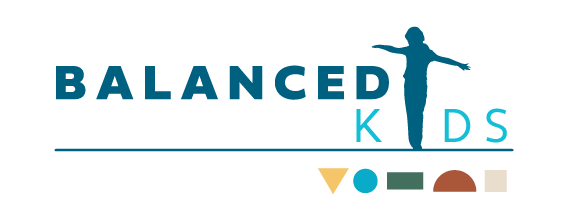Why Trauma-Informed Training is Critical in Schools
Whether a child is facing difficulties at home, is struggling socially, or is faced with the stress-inducing landscape of world news, there are so many triggers to stir heavy feelings in their hearts. These struggles can lead to trauma and trauma, unchecked, can leave a very real and very lasting impact as our children grow.
As educators and parents, we are growing increasingly aware of the many ways trauma can impact a child’s mind, and so learning to identify those signs is critical to successfully supporting students in the classroom and beyond.
Trauma-informed training allows parents, teachers, and staff to address these painful after effects with a clearer understanding of what kids need to build resilience and trust, and cope with big feelings.
What Does Trauma Look Like?
Trauma can be an acute traumatic event, like a death in the family, a divorce, or medical diagnosis,, or it can be caused by significant ongoing stressors like racism, community violence, abuse, bullying, or financial struggles.
On top of the trauma many children face outside of the classroom, discussions around world news, like school shootings, the pandemic, and youth suicides can cause added stress and anxiety in our children’s growing minds.
Trauma in children manifests by impacting brain development, executive functioning, relationships, emotional dysregulation, and more; and it can impede a student’s capacity for learning, connection, and positive engagement. And of course, that challenging behavior in the classroom can eventually lead to teacher and staff burnout.
What Is a Trauma Sensitive School?
It goes by many names, trauma attuned, trauma-informed, trauma sensitive. There is no shortage of lingo and acronyms in education, but regardless of what you call it, it all boils down to one thing: A Trauma Sensitive school allows staff and educators to collaborate in a way that supports a child’s mental and physical health.
We don’t need to know an individual’s trauma story in order to support them. Being a trauma informed school does not require one to conduct extensive and invasive interviews. Rather it’s a set of principles and skills that allow staff and schools to be responsive to whatever a child may bring through the doors in the morning.
Trauma informed educators are aware of the impacts trauma has on development. They are knowledgeable about the “amygdala hijack,” commonly known as the fight, flight, freeze response, and they are prepared to address those moments when they arise. Through an ongoing, inquiry-based process, educators anticipate and meet the needs of their students, taking into account their relationships at home, self-regulation, and physical and emotional well-being.
This training helps educators to feel prepared and equipped. It moves beyond behavior management and punitive discipline systems by recognizing a child’s behavior as communication. It places the responsibility in the adults' hands as we acknowledge that it's up to us to identify what a student's behavior is communicating and how to meet that need .
Schools and childcare facilities that build a trauma sensitive environment see greater levels of mental and physical wellness amongst their students, which leads to higher levels of engagement in their studies and hope for their own futures.
By participating in Trauma-Informed Training, teachers and staff are better able to identify and assess traumatic stress, understand when and how it’s appropriate to respond to it, and communicate with the parents about it. It also increases their overall knowledge and awareness of trauma, including their own, and how this impacts their ability to interact with students and facilitate the best learning experience.
How Trauma-Informed Training Helps Both Teachers and Parents
Trauma-Informed Training bridges the gap between parents and teachers. By creating a more cognizant and supportive environment at school, trauma-informed training can create meaningful shifts in a child’s social and learning life, which in turn allows students to thrive at home. When both sides of a child’s support system can work together to create a compassionate and well-advised plan for their healing, we see even greater increases in a child’s emotional well-being, inner peace, trust, and ability to collaborate with others.
While there are many nuanced signs that may present when a child has been impacted by trauma, some of the indicators can include:
Increased peer conflict
Lack of focus
Low frustration tolerance (students who are easily triggered)
Anxious, avoidant, clingy, or experiencing panic attacks
General fearfulness/new fears
Helplessness or passivity
Aggressive behavior, irritability
Difficulty identifying what’s bothering them
Daydreaming or dissociation
Sadness/depression
Restless, impulsive, hyperactive
While trauma can understandably seem like a highly sensitive topic for educators, staff, and even parents to approach, it’s an unfortunate reality that in our world, not talking about it does more harm than good. It’s important for both teachers and parents to feel more confident in their ability to identify and address trauma, so they can support kids in navigating their feelings and, in turn, their behavior.
By fostering resiliency, self-regulation, and better communication around big feelings, schools can help prioritize mental health as a pathway for students to feel safe and more open and receptive to learning.
If you are an educator, caregiver, or parent who would like to learn more about my Trauma-Informed Training services and how I can support you, you can explore my professional training services below.

